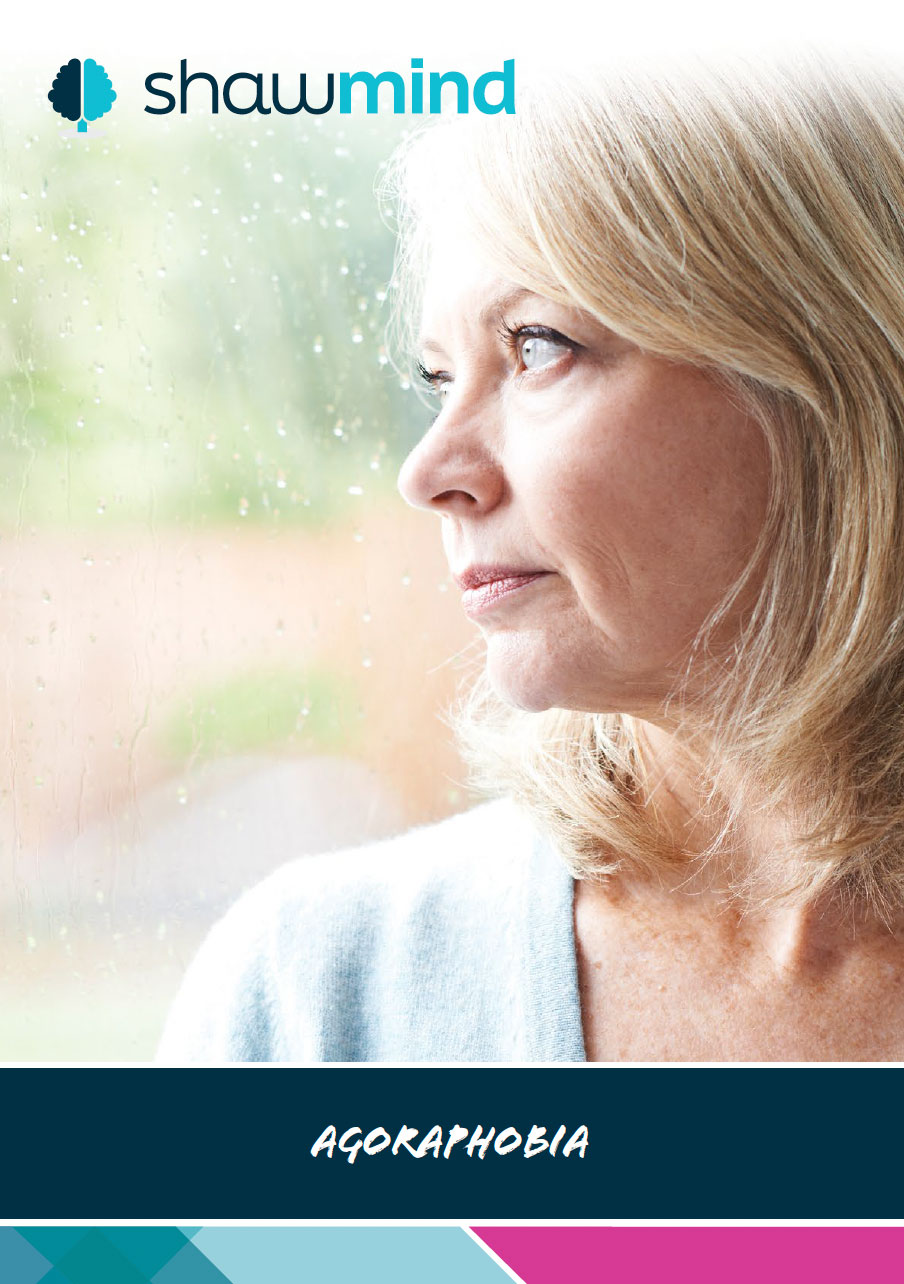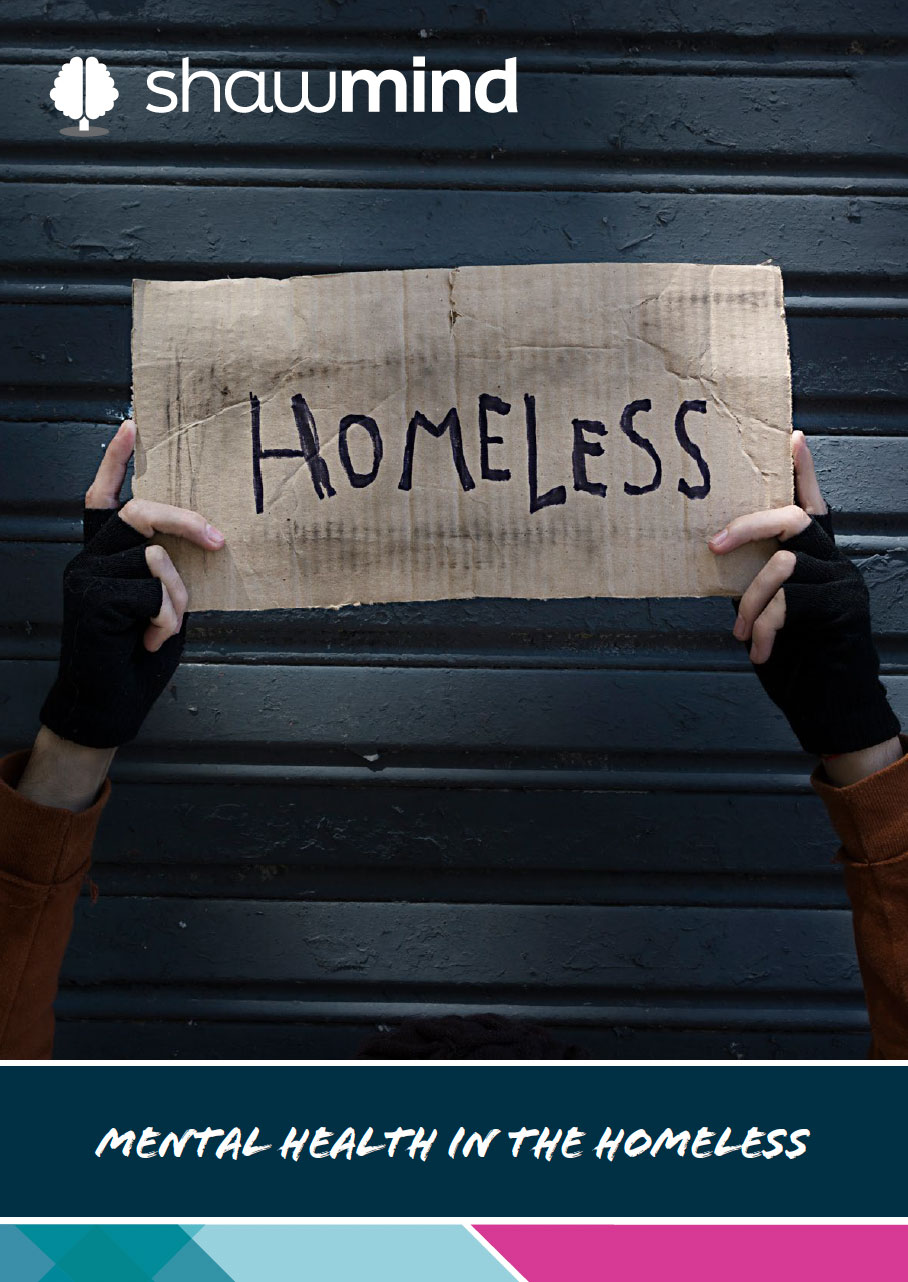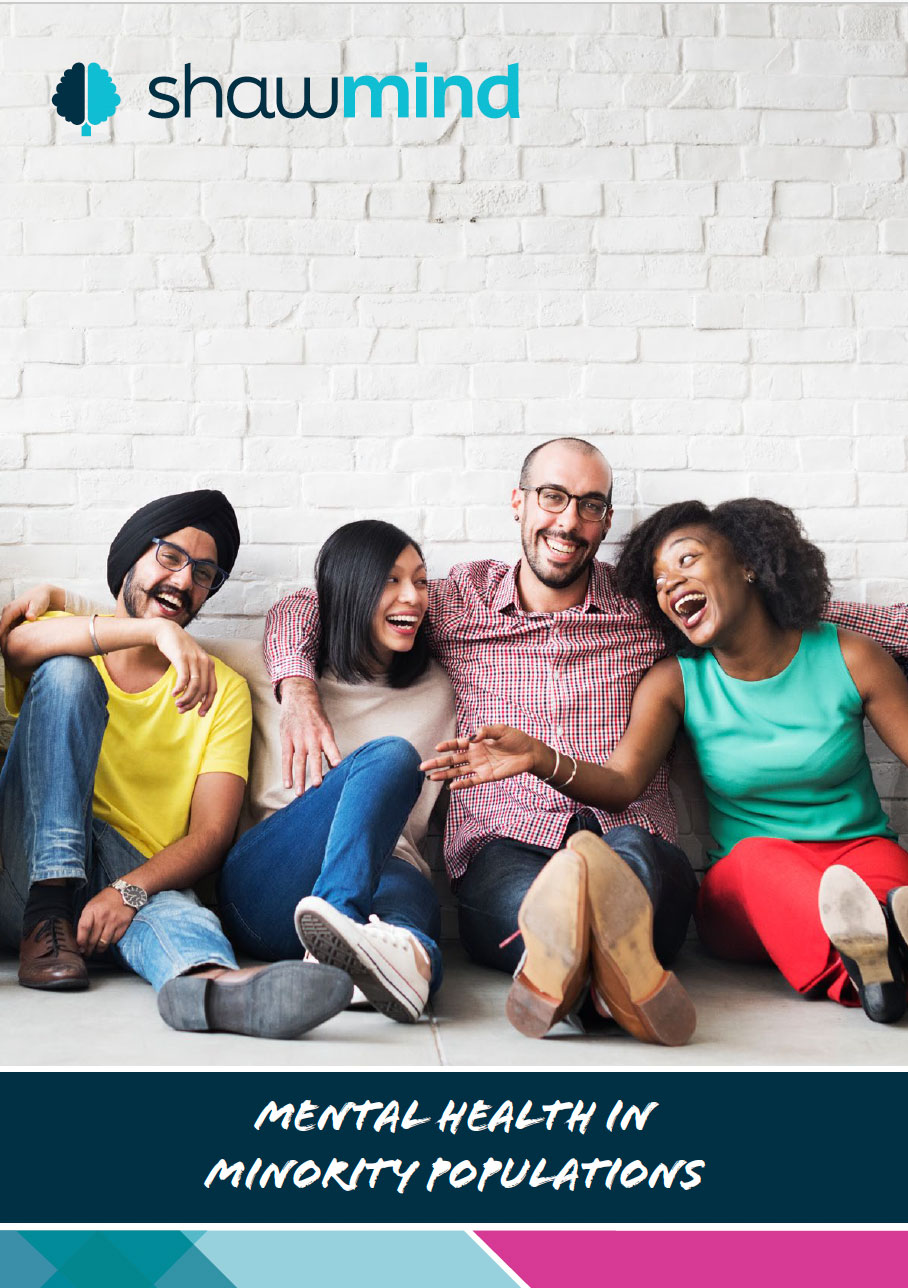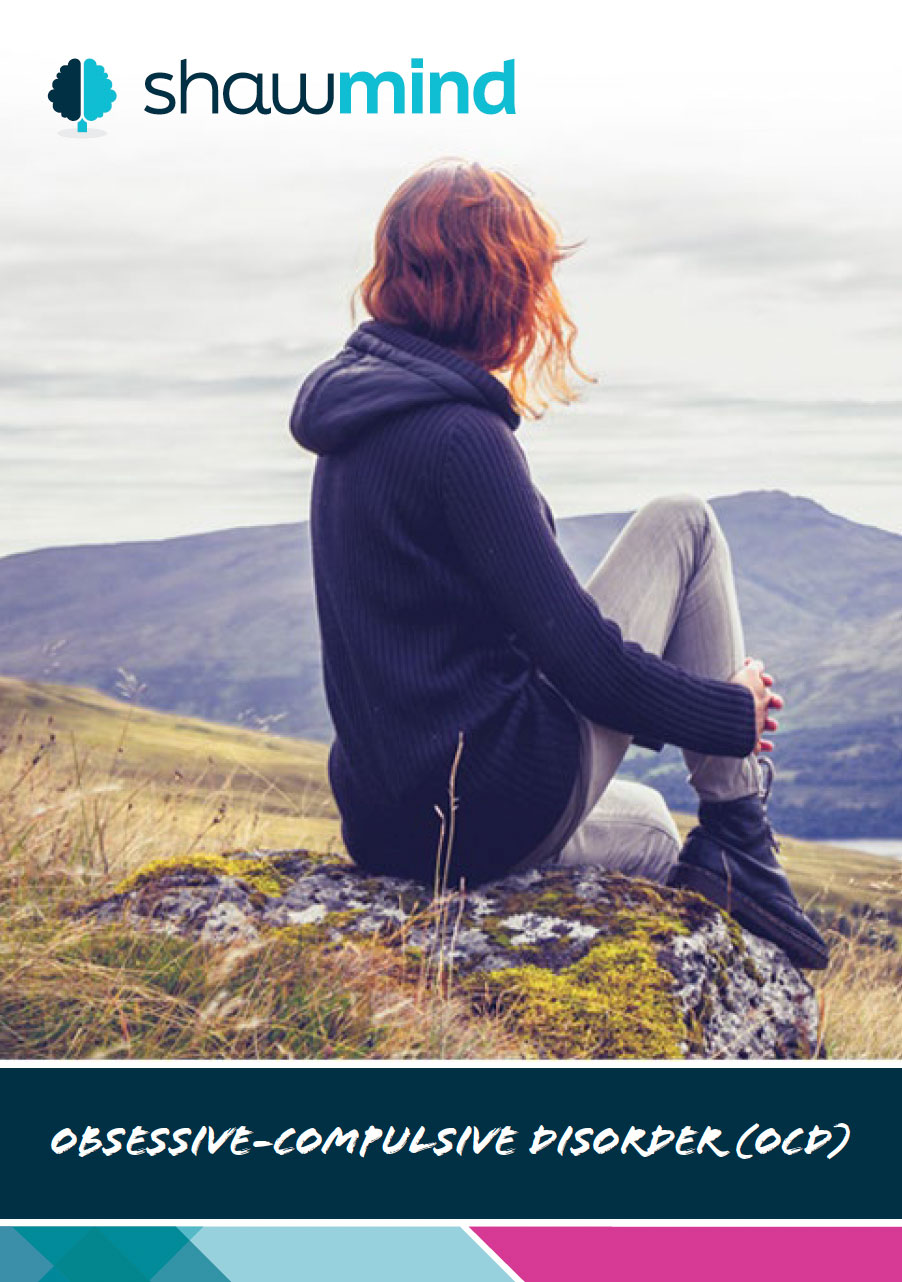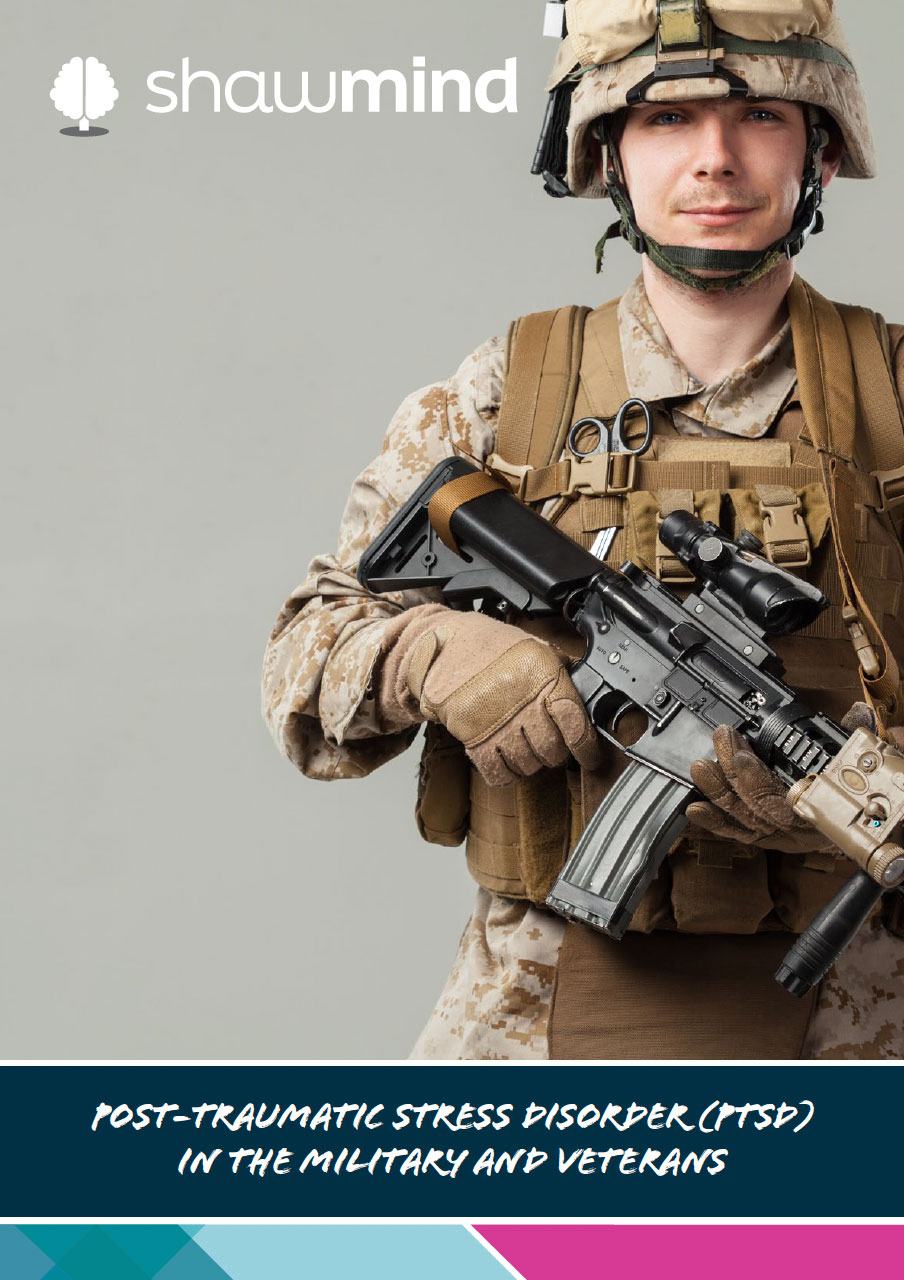Autism and Attention Deficit Hyperactivity Disorder (ADHD) are both conditions that affect a person from an early age and can greatly impact their development and social functioning. Whilst these disorders are often found independently of one another you will notice when reading this brochure that they do share some similarities and in some cases these conditions will both affect a single individual at the same time. They both unfortunately do not have a cure, but instead treatments exist to manage the symptoms and to improve the quality of life of the sufferer. This brochure will outline the basics of each of these disorders, as well as showing how often they occur and what treatments are available to improve the symptoms. We will look at these disorders individually and will then briefly touch on the instances where they both affect the same individual.
It is important to note that in this brochure we will be using the terms Autism and ADHD. Whilst we do appreciate that both of these conditions can be broken down into other disorders or sub-groups and sub-classifications, such as a selection of Autism Spectrum Disorders and Attention Deficit Disorder, these are beyond the scope of this brochure. We need to also highlight that in
many instances the research and general information in the area looks at the disorders when they appear in children. This is because these are developmental disorders that need to be present since early childhood. This does not mean that adults are not suffering, in many instances without a diagnosis or the help that they deserve. Where we can we shall endeavour to include information that also pertains to adults.
To find out more, download our Autism and ADHD guide:
DOWNLOAD GUIDE


